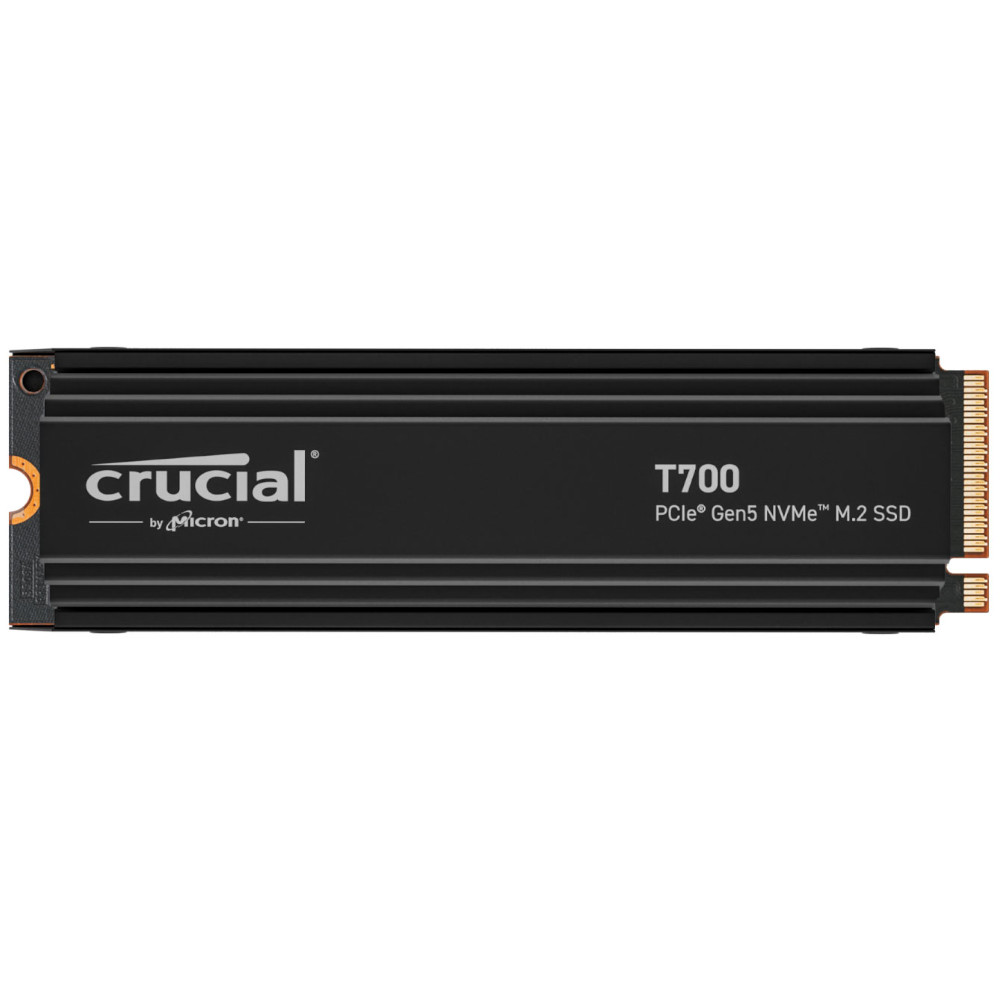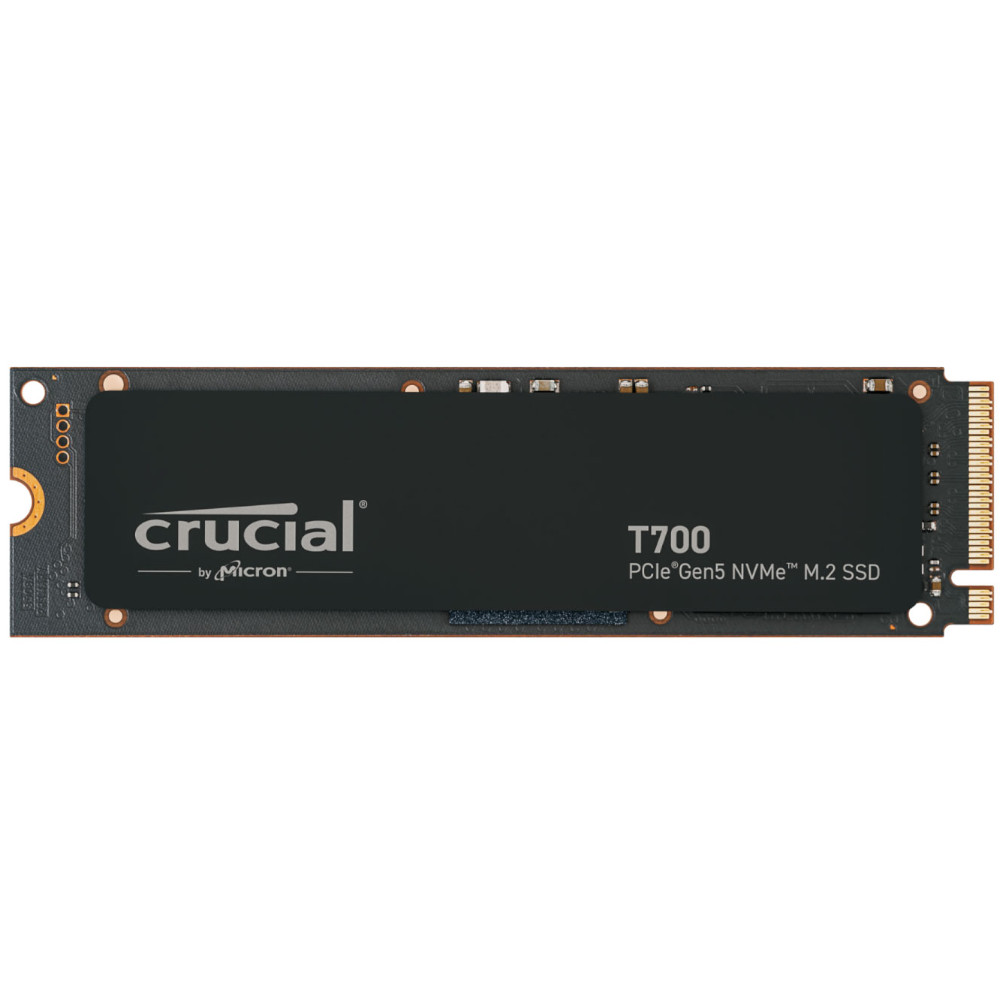Hello having a slight issue with installing an SSD into the required slot. The drive sits too high to engage the securing notch. I can see the issue, drive itself comes with a heatsink which adds a little height to the bottom. In the slot also there is a thermal pad thats adds a millimetre in height. Even with using a bit of force it will not drop down enough. I am thinking about just removing the soft thermal pad from the slot which I am certain will allow the drive to fit?
If that's not a good option.
A little advice greatly welcomed here.
My exact hard drive:

 www.overclockers.co.uk
www.overclockers.co.uk
Also here is a video with my exact same board and drive (although its the non-heatsink version), most relevant info at 31mins
If that's not a good option.
- Return the drive to over clockers and get one without a heatsink (very non-preferred).
- Or I could remove the heatsink from the drive looks fairly easy to do with the right screw driver and keep the thermal pad as is and use the heatsink that came with the motherboard.
A little advice greatly welcomed here.
My exact hard drive:

Crucial T700 2TB NVMe PCIe Gen5 M.2 Solid State Drive with Heatsink (CT2000T700SSD5)
Order Crucial T700 2TB NVMe PCIe Gen5 M.2 Solid State Drive with Heatsink (CT2000T700SSD5) now online and benefit from fast delivery.
Also here is a video with my exact same board and drive (although its the non-heatsink version), most relevant info at 31mins


